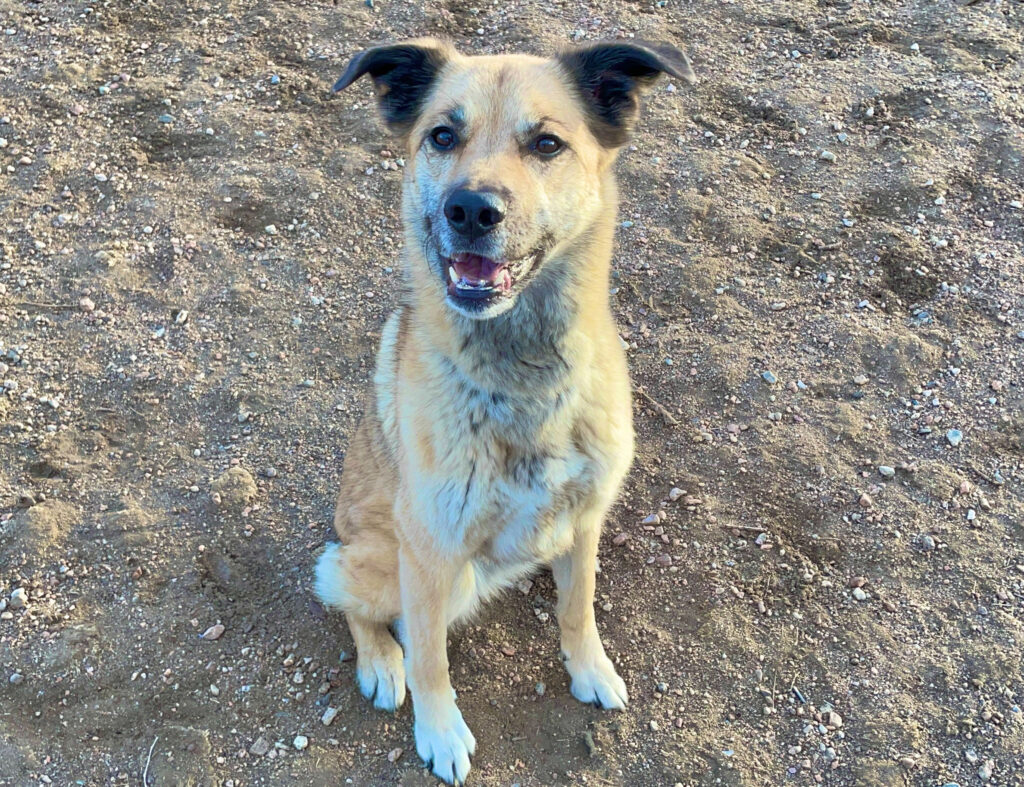
Dental problems are one of the most common concerns among pet parents with 80% of dogs having some form of gum disease by the age of three.
Our pets at home require routine care like grooming, nail clipping, exercise, and making sure they have access to food and water. But your pet’s dental health is something that you may not think about often. February is National Pet Dental Health Month and HSPPR wants to remind you about the importance of your pet’s dental health, and it’s not just for senior pets!
Humane Society of the Pikes Peak Region has hundreds of pets that come in our doors each year that need some sort of dental intervention. Dental disease is the most common medical condition seen by veterinarians. It affects about 80% of dogs and 50-80% of cats by the time they reach three to four years old. If not treated, dental disease can lead to more serious health problems such as abscesses, jaw fractures, eye issues, and kidney, liver, or heart disease.
Certified Behavior Consultant, Shelby Harvey, and Katie Ynostroza, HSPPR’s Animal Population Specialist, have tips and tricks to taking care of your pet’s teeth from an early age.
Puppy Dental Timeline:
- 3 weeks – Teething begins! Puppies learn about the world by putting things in their mouths. Teething can sometimes cause discomfort, and chewing is thought to alleviate this.
- 12 weeks – Deciduous teeth, or “baby teeth”, start to fall out. You may see a tooth on the floor, or sometimes they can swallow them, which is okay!
- 6-7 months old – All permanent teeth have erupted.
Did you know? Some puppies are “mouthier” due to their breed, like retrievers.
Things to Keep in Mind:
- Occasionally, a dog will have a baby tooth that doesn’t fall out – this is called a retained deciduous tooth. More common in small breed dogs, it is usually a canine tooth that is retained. Food can get trapped between the teeth and cause future dental problems if not removed (typically done during spay/neuter surgery).
- Make sure to offer appropriate chew toys and supervision when a puppy is playing with toys.
- Introduce teeth brushing while your dog is young! Since dental problems are the most common concern among pet parents, being able to handle and look inside their mouth is crucial in an emergency.
Prevention:
The best way to keep your pet’s teeth healthy and pain free is to keep their teeth clean from the beginning!
- You can brush their teeth daily or wipe their teeth with gauze every 2-3 days if your dog does not tolerate toothbrushing. This can remove plaque that has developed on the outside surfaces.
- Use an ADA-compliant soft bristle, flat head toothbrush.
- Any brushing, when done regularly, is better than no brushing at all because tartar can start to form within a few days on the surface if not kept clean.
- Keep your pet on an appropriate diet.
- Schedule annual dental checkups with your veterinarian.
Signs of Gum Disease:
- Bad breath
- Dropping food from their mouth while eating
- Bleeding from the mouth
- Lack of appetite
- Swelling around the mouth